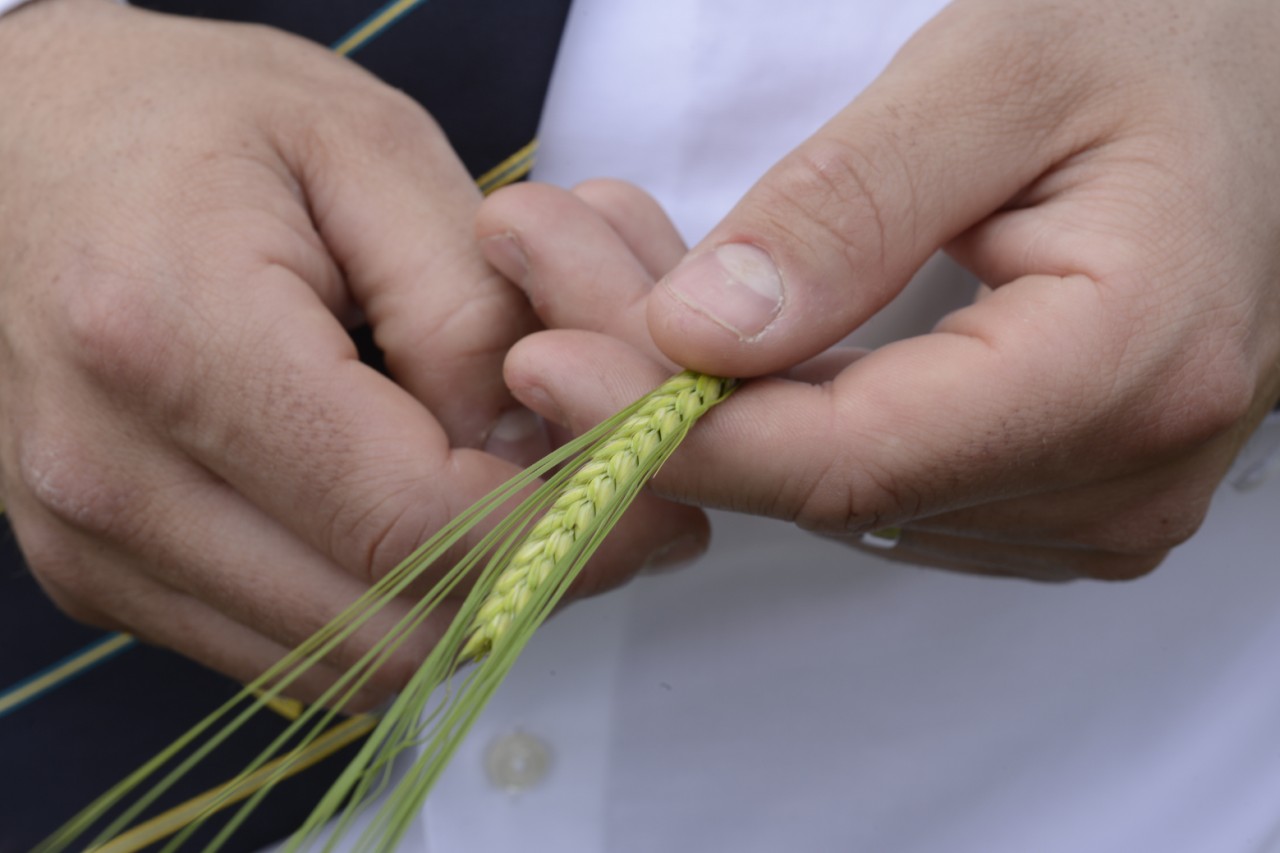Boosting spring crops with biostimulants
Following the publication of this blog on how to integrate biostimulants into your winter crop nutrition programmes, we're now going to look at how you can apply the same principles and products to your spring cropping.
Importantly, in our first blog we mentioned that we only pick products with proven results and recognised modes of action. The same applies again here, so in this blog you'll find a compilation of independent trials data which supports the products within our BioPlan nutrition programme.
Research shows the benefit of a sequenced approach in spring crops
The opportunity for utilising biostimulants in spring cereals is a significant one. The speed at which these crops establish is critical because they do not have as much time to tiller compared to winter crops.
As covered previously, while you may see benefits from using just one product such as Prosper ST - a phosphite seed treatment - you are more likely to achieve optimum results by applying a sequenced programme. Evidence of this was demonstrated in a glasshouse trial with wheat, conducted at the University of Nottingham.
The trial showed that the use of Prosper ST and Gro-Plan P in sequence led to additional root biomass equivalent to an extra 12 days of growth compared to an untreated plot.
This level of enhanced early season growth is impressive and could be vital for creating a resilient crop that yields well come harvest.
Keeping to the subject of yields, we have also seen positive results in this area after utilising the full BioPlan sequence on spring crops.
Last year, an independent study into spring barley, conducted by Eurofins, showed that the highest yielding crops were seen following an application of the BioPlan sequence in addition to Beret Gold.
The graph below shows that the cumulative effect of the full programme led to a greater yield return than that seen with applications of individual products, or when only applying foliar products.
BioPlan for spring cereals
The full BioPlan programme for spring cereals can be seen below. As well as the products used in the Eurofins trial, the programme also includes Cearum to support early plant establishment, encourage tiller production and maximise photosynthesis. Cearum supplies the correct ratio of manganese, copper and zinc in combination with R100, a biostimulant that also improves nutrient uptake.
BioPlan for maize
Forage maize is another crop that responds well to a sequenced programme of biostimulant applications. The foundations for the maize programme are very much the same as above, with the use of a phosphite seed treatment followed either by an application of foliar phosphite or a broad nutrient and biostimulant application. However, with maize we recommend following these applications with Nutrino Pro, a slow-release foliar nitrogen product that also contains magnesium, sulphur and a combination of two biostimulants: R100 and pidolic acid. You can read more about their roles in our previous blog.
Applying Nutrino Pro at 20l/ha just prior to tasselling has been shown to increase yield, as you can see from the data below.
You can find more information on the composition, benefits, and applications of Nutrino Pro in the below video from some of our colleagues.
We hope you have found our blogs informative and that they've offered useful guidance if you're considering the addition of biostimulants to your nutrition plans. Incorporating a sequenced programme such as BioPlan into your wider crop production strategy has the potential to offer significant, proven benefits through targeted applications. If you would like to discuss your options in more detail, or if you have questions about anything mentioned above, please speak to your local Frontier contact or get in touch.
Jim Stotzka - Lead on Sustainability
Edward Jones - SOYL and Sustainability Knowledge Exchange Manager
As a subscriber, you’ll receive email alerts each time a new blog is published so you can always stay updated with the latest advice and insights from our experts










Comments